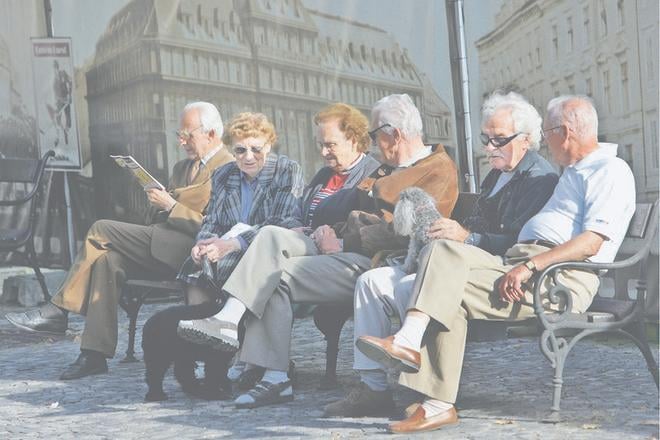Age discrimination is a serious problem, people in Slovakia say, as a new survey shows almost a third of the population has experienced or witnessed incidents of discrimination based on age.
In a survey conducted by the Institute for Public Affairs (IVO), 29 percent of adult (18+ years old) respondents said they had directly experienced or witnessed discrimination based on age.
The research, carried out in August on a representative sample of 1,212 people, focused on Slovaks' perceptions of ageism in society.
Discrimination against the elderly a serious problem
Asking respondents to assess the seriousness of ageism and discrimination as a problem on a scale from 1 (minimal seriousness) to 10 (maximal seriousness), the findings showed that people's sensitivity to the problem increased as their own age rose.
It also showed women had a marginally more negative view of the problem than men.
The resulting average rating of discrimination based on higher age as a problem, at 6.6 points, reflects the public's opinion that discrimination based on older age is a serious problem in Slovakia, IVO wrote in a press release. In a similar 2011 survey, the average rating was 6.4.
Younger respondents said they did not usually personally experience discrimination (direct discrimination) and more often only witnessed (indirect discrimination) this kind of behaviour. However, 14 percent of people over 55 said they had experienced it themselves.
Labour market and healthcare
Respondents with direct or indirect experience with the problem were asked where this kind of discrimination occurs most, with the top response being on the labour market (56 percent). This was followed by healthcare and social services (28 percent), in shops (14 percent), public transport (13 percent), and at offices and institutions providing various services (11 percent).



 Insurance companies in Slovakia are now focusing on elderly residents (source: SME)
Insurance companies in Slovakia are now focusing on elderly residents (source: SME)